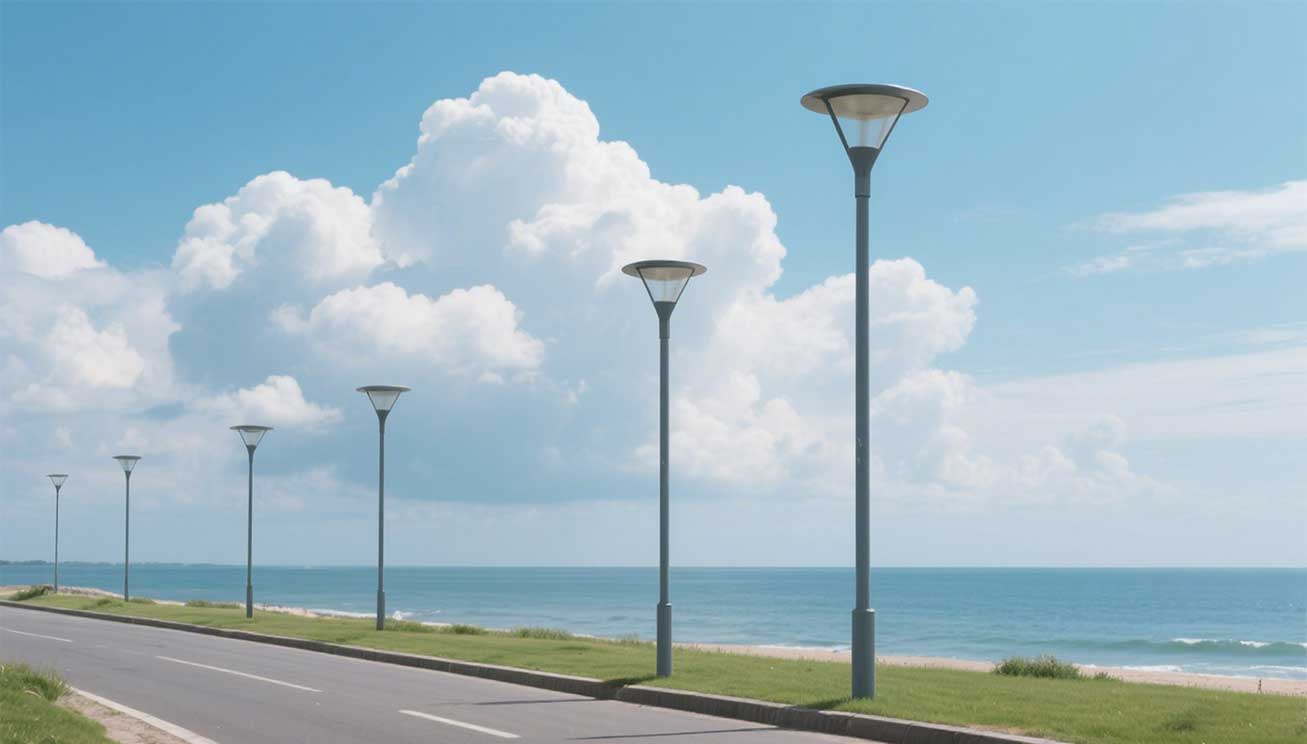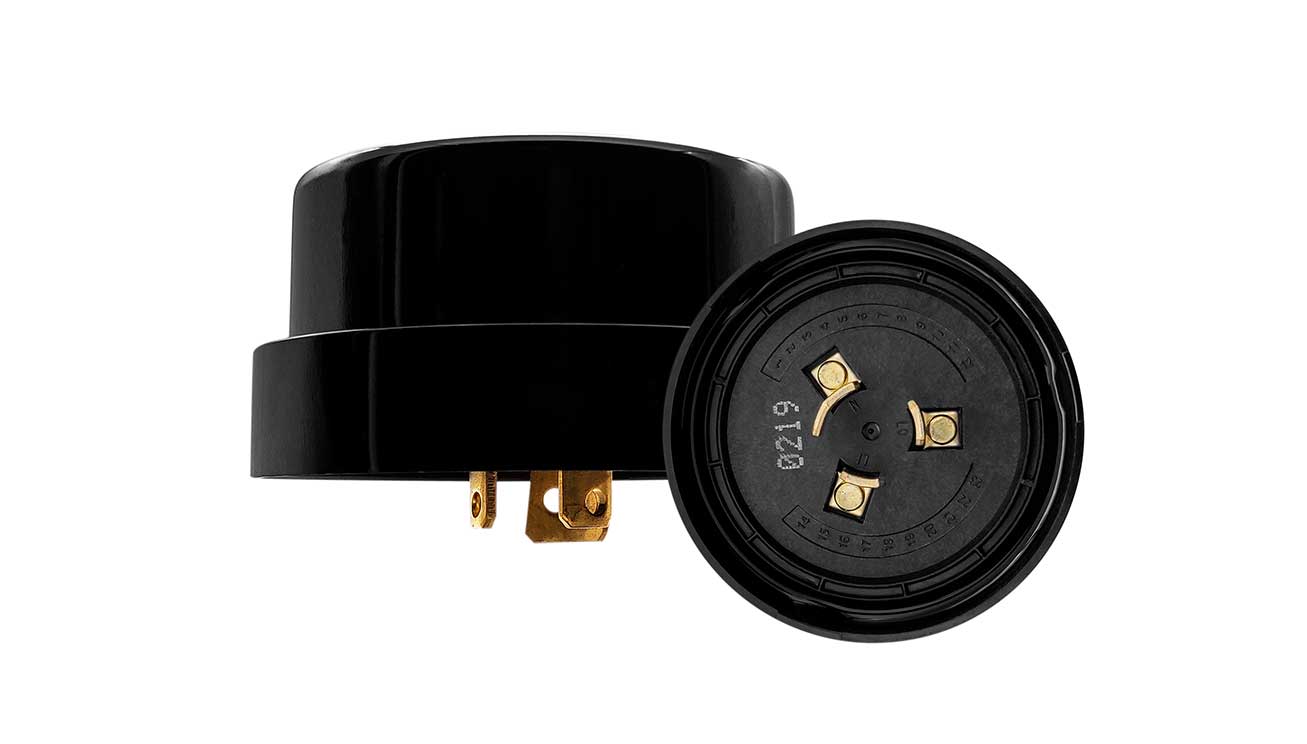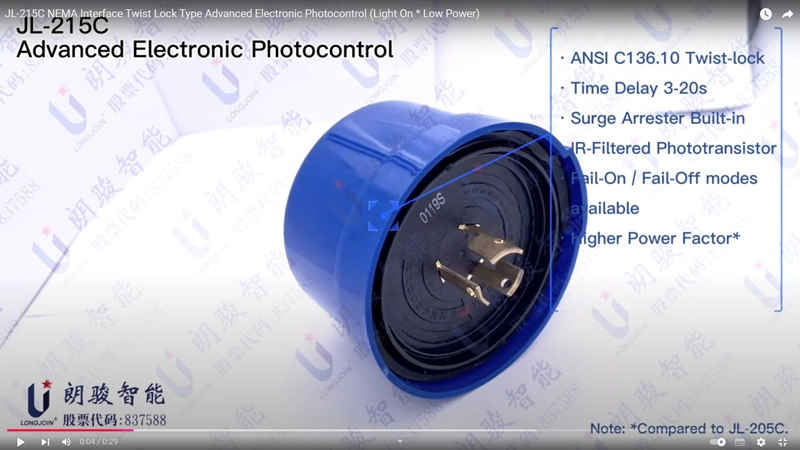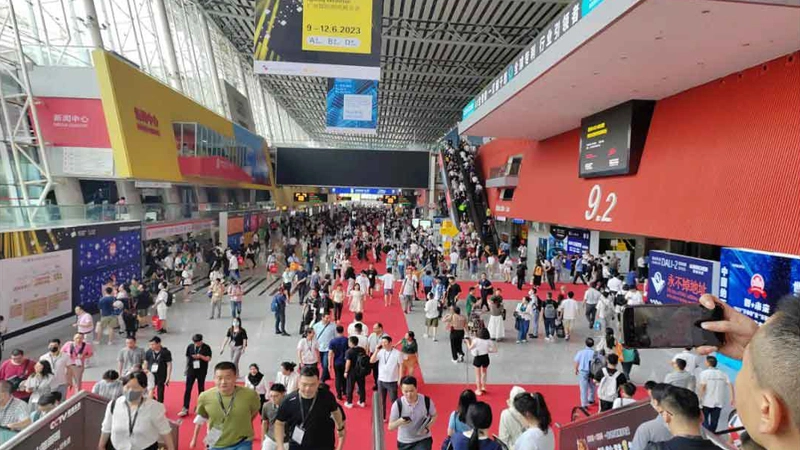Call us
+86-21-56666351Street lighting is a cornerstone of urban infrastructure, ensuring safety and visibility at night. But how do these systems operate seamlessly, especially during maintenance or upgrades? The interplay between automatic street light on-off controllers and street light shorting caps is key to maintaining reliable illumination. This blog dives into the mechanics of automatic street light controllers, the role of shorting caps, and how they integrate to enhance efficiency, with a focus on components like twist lock photocells and Zhaga receptacles. By understanding these systems, municipalities can optimize energy use and reduce operational costs.
Automatic street light on-off controllers, often referred to as photocells, are devices that detect ambient light levels to control street lighting. These controllers, such as twist lock photocells, use sensors like CdS (cadmium sulfide) photocells or IR-filtered phototransistors to switch lights on at dusk and off at dawn. They are typically mounted on NEMA 3-pin receptacles or Zhaga interface receptacles, adhering to standards like ANSI C136.10 or Zhaga Book 18.
For example, LongJoin’s JL-202 series photocells feature microprocessor circuits and surge arresters, offering a quick response time of 0-10 seconds for turning on and a 5-20 second delay for turning off to prevent misoperation from lightning or spotlights. These controllers are UL-listed for reliability in both U.S. and Canadian markets, ensuring consistent performance in diverse environments.
| Controller Type | Sensor | Response Time | Standards |
|---|---|---|---|
| JL-202 Photocell | CdS/Photodiode | 0-10s (on), 5-20s (off) | ANSI C136.10, UL773 |
| Zhaga Controller | IR-filtered | Variable | Zhaga Book 18, DALI |
A street light shorting cap is a critical backup component when an automatic street light on-off controller is removed for maintenance or not yet installed. It closes the electrical circuit, ensuring the light remains on continuously. This is particularly useful during upgrades to smart lighting systems, where a NEMA dimming receptacle or Zhaga receptacle may be installed but not yet paired with a controller.
For instance, LongJoin’s JL-208 Shorting Cap is designed for NEMA 3-pin receptacles, offering an IP66 rating for weather resistance. It’s made from UV-stabilized materials to endure outdoor conditions, making it a reliable temporary solution. Shorting caps are especially valuable in North American markets, where NEMA standards dominate, but they also support transitions to Zhaga interface receptacles in smart city applications.

The synergy between twist lock photocell bases and shorting caps ensures flexibility in street lighting systems. Here’s how they integrate:
Maintenance Phase: When a photocell fails or is being serviced, a street light shorting cap is inserted into the twist lock photocell base to keep the light on, ensuring safety in public spaces.
Smart City Transition: Cities upgrading to Zhaga interface receptacles for DALI-based controllers can use shorting caps as placeholders, maintaining functionality until smart controllers are installed.
Energy Efficiency: While photocells save energy by automating on/off cycles, shorting caps ensure uninterrupted service during interim periods, balancing safety and cost.
This integration is crucial for scalability. For example, a city can install NEMA dimming receptacles with shorting caps during initial deployments, later replacing them with advanced controllers for dimming or IoT connectivity without rewiring.
| Phase | Component Used | Outcome |
|---|---|---|
| Maintenance | Shorting Cap | Continuous illumination |
| Operation | Photocell Controller | Automatic on/off based on light levels |
| Smart Upgrade | Zhaga/DALI Controller | Dimming and IoT integration |
Shorting caps enhance system reliability by providing a fail-safe mechanism. Without them, a removed or faulty photocell would leave a streetlight off, creating safety hazards. The JL-208 NEMA Shorting Cap, for instance, is designed to handle high-impact environments and maintain circuit integrity, with a lifespan exceeding 50,000 cycles. This durability reduces maintenance frequency and costs, making it a cost-effective solution for municipalities.
Moreover, shorting caps are customizable. LongJoin offers transparent shells for branding or product information, enhancing their utility for manufacturers and cities alike. Their compatibility with photocell light bulb sockets and twist lock photocell bases ensures they fit seamlessly into existing infrastructure.

Q1: How does an automatic street light controller save energy?
An automatic street light on-off controller uses light sensors to turn lights on at dusk and off at dawn, reducing unnecessary energy consumption during daylight hours.
Q2: Can shorting caps be used with smart controllers?
Yes, shorting caps are compatible with NEMA dimming receptacles and Zhaga receptacles, serving as placeholders until smart controllers are installed.
Q3: Why do street lights sometimes flicker with photocells?
Flickering can occur due to faulty sensors, improper installation, or interference from other light sources. Regular maintenance and using high-quality components like LongJoin’s JL-202 can mitigate this issue.
Q4: Are shorting caps necessary for all street lights?
Not always, but they are essential for systems with NEMA 3-pin receptacles or Zhaga interface receptacles during maintenance or when smart controllers are not yet implemented.
[1]. International Electrotechnical Commission. (2020). "IEC 60947-2: Low-voltage switchgear and controlgear – Part 2: Circuit-breakers."
[2]. American National Standards Institute. (2010). "ANSI C136.10: Road and area lighting—Locking type photocontrol devices and mating receptacles."
[3]. Wikipedia. (2023). "Photocell." https://en.wikipedia.org/wiki/Photocell
[4]. LongJoin Intelligence. (2023). "JL-208 NEMA Shorting Cap and JL-202 Photocell Specifications." https://www.ljlightctrls.com/products/street-lighting-shorting-caps/
Address:
2nd Floor, Building 8, 129 Hulan West Road, Baoshan District, Shanghai, China


